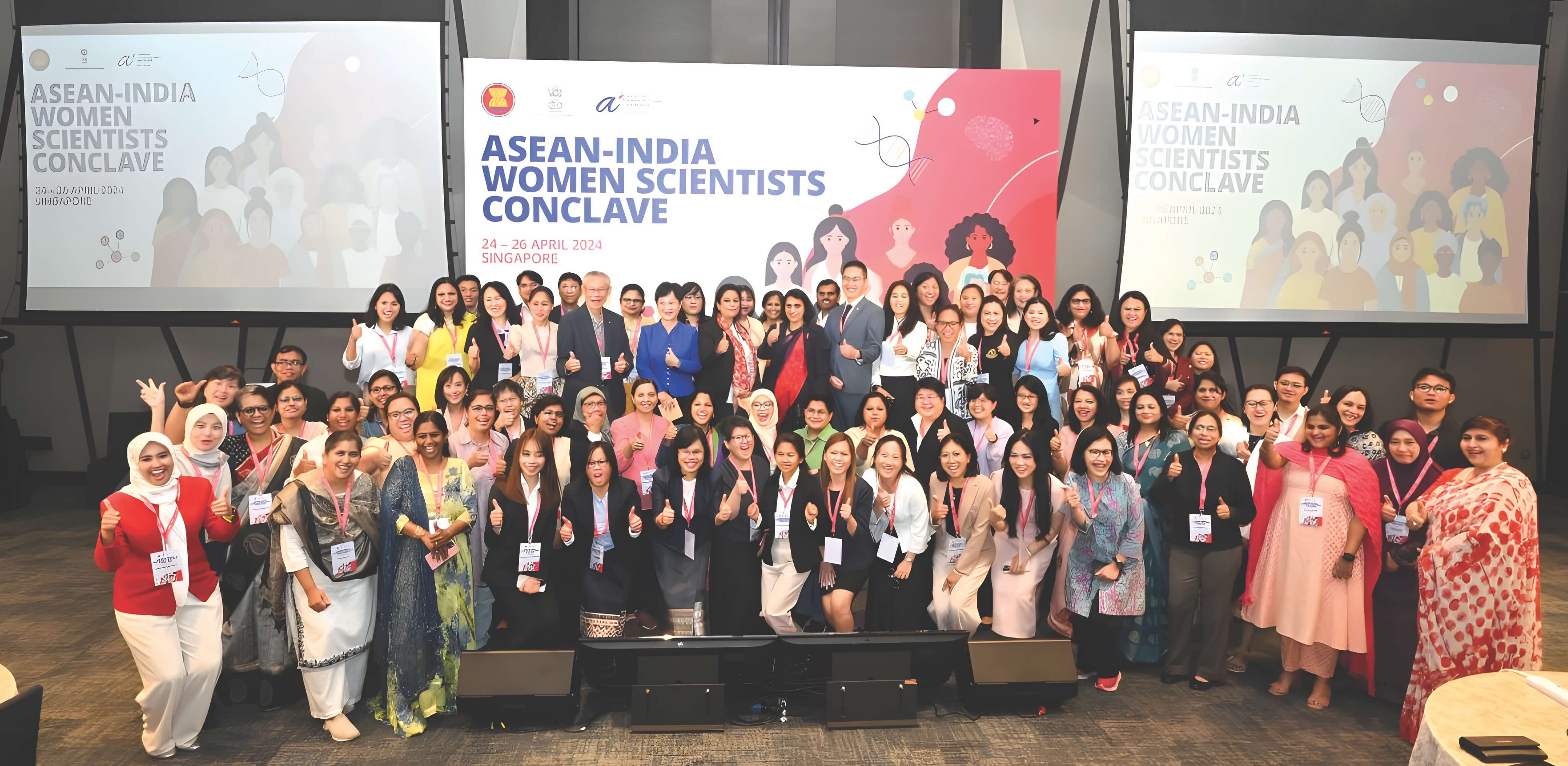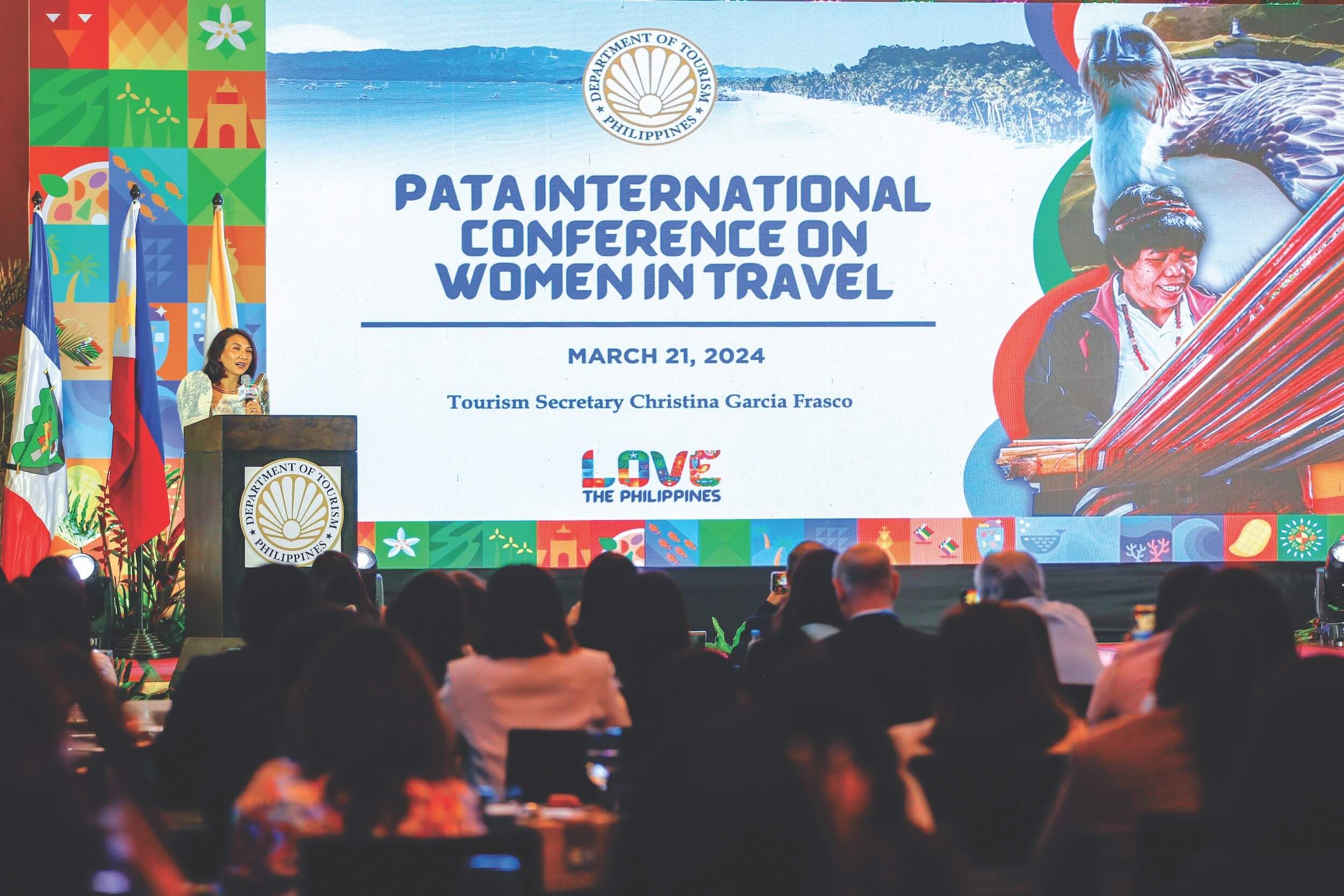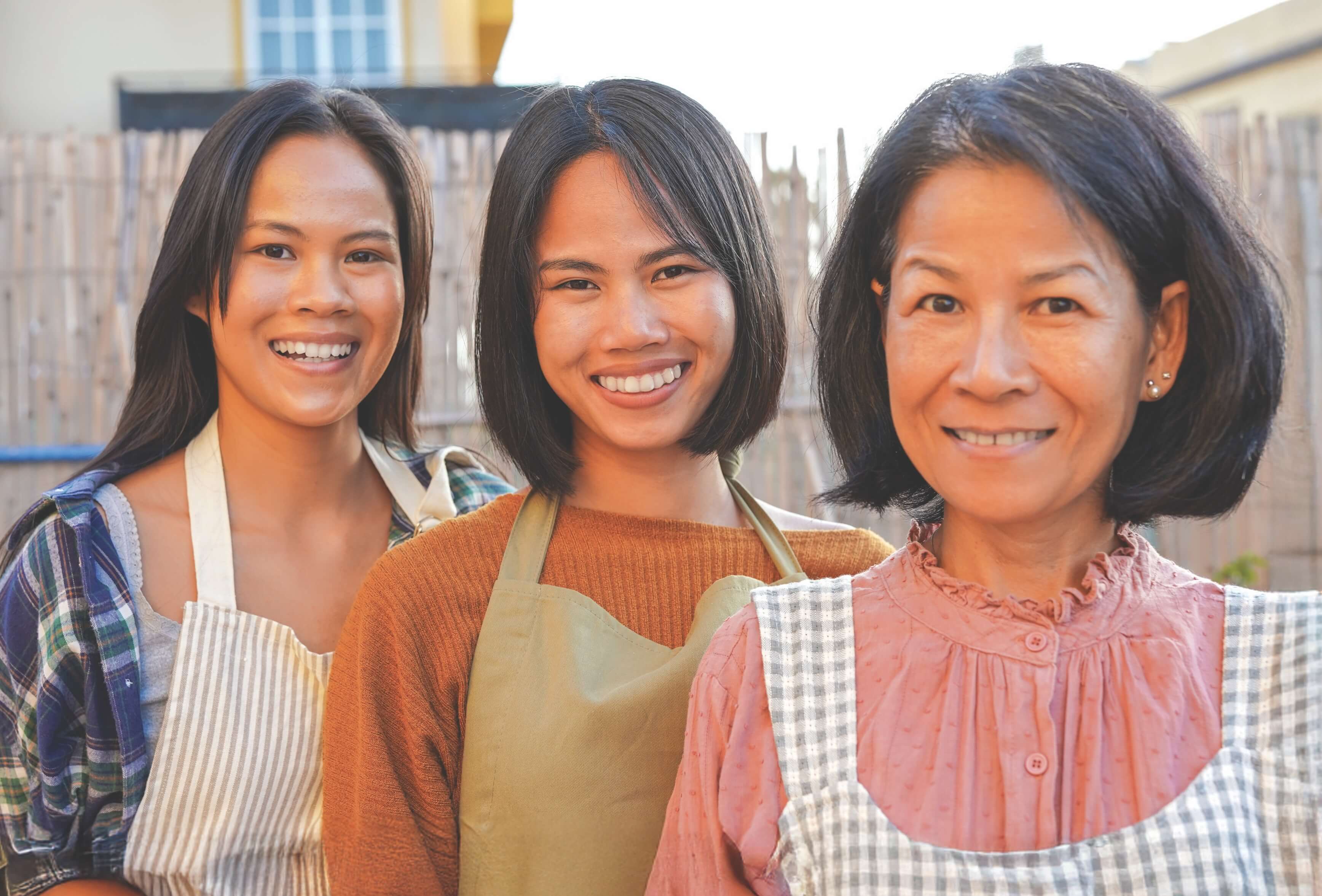



Women are disproportionately affected by natural disasters. This statement is as irrefutable as it is disquieting.
Consider this: in some disaster-prone communities, boys are taught to swim at an early age, while girls are not (IUCN Fact Sheet on Disaster and Gender Statistics, 2009). Without this life-saving skill, girls can be left defenseless and at serious risk from disasters like flooding. This is just one example, but it speaks of a larger issue of gender exclusion that can put women in harm’s way. We believe that addressing gender exclusion, among other factors, will not only benefit women, but also society at large.
Gender is inextricably linked to disaster preparedness and response. Women carry out community disaster preparedness initiatives because, more often than not, they tend to be at home when disaster strikes. Calamities expand women’s domestic care roles. Women and children make up most of those internally displaced by natural disasters, which leave them vulnerable to different forms of exploitation and violence. And following a disaster, the burden of reconstruction and healing typically falls on women’s shoulders.
Despite this, women are rarely included or represented in disaster policy formulation, implementation, and evaluation.
Across ASEAN, natural disasters and extreme weather events have directly and indirectly curtailed a broad range of human rights recognised in the ASEAN Human Rights Declaration: the right to an adequate standard of living, including food, water and sanitation, health, housing; the right to social security; the right to development; and women’s rights.
The destruction of people’s physical assets and means of livelihood due to natural hazards, coupled with the adverse effects of these hazards on institutions and systems critical to the delivery of basic rights such as shelters, schools, hospitals, and roads to name a few, contribute to the decline of the standards of living of vulnerable populations, including women and children.
As ASEAN moves towards a region-wide response to natural disasters, understanding the state of institutional interactions between gender and natural disaster responses and its possible impacts on human rights deserve more attention in the regional discourse.
To fill this knowledge gap, the ASEAN Intergovernmental Commission on Human Rights (AICHR) commissioned a thematic study entitled “Women in Natural Disasters: Indicative Findings in Unravelling Gender in Institutional Responses.” The study sought to examine the integration of a gender approach and the protection of women’s rights in ASEAN’s regional disaster strategic and institutional responses.
Guided by an institutionalist perspective, the study examined institutional instruments (i.e. laws, regulatory framework, and action plan) and infrastructures (i.e. management structure and capacity at all levels) that respond to natural disasters and emergencies. The study also included country specific reviews and fieldwork conducted in all ASEAN Member States. As a result, it provided an evidence-based and insightful analysis of a diverse landscape of policies and practices on the perceived role of women, their participation, and the protection of their rights in situations of natural disasters.
The study highlighted efforts by Member States to mainstream gender in natural disaster institutional infrastructure and mechanisms—with some countries fairly more advanced in their efforts than others.
The pattern of state-level responses to women’s concerns in periods of natural disasters reflects how individual states perceive women. On one hand, women are seen as either a vulnerable segment of the population or agents of change, or a combination of both. On the other hand, they are viewed in the same way as the rest of the population, with states not recognising women’s different needs or capacities. These perceptions feed into and affect the strategic, tactical, and operational governance of natural disaster response initiatives at the planning and implementation levels. Ultimately, they impact the state’s capacity to guarantee, promote, and protect women’s human rights before, during, and after natural disasters.
The study also documented best practices in gender mainstreaming in natural disaster responses, particularly those that provide spaces for women’s participation. It discussed how women’s human rights can be further promoted and protected during natural disaster situations.
The study’s key findings on institutional infrastructure and mechanisms are as follows:
- Framing institutional and governance responses to natural disasters depends on its impact upon societal systems. For example, when heavily affecting the economy, the frame employed is related to sustainable development or climate change adaptation, and the focus is on building the resilience of the most basic unit of its society, more akin to self-help. On the other hand, when there are little or no risks of natural disasters, the frame used is emergency/crisis response, in connection with national security.
- All Member States have established disaster management institutional infrastructures, as embodied by national bodies for disaster coordination and response. Natural disaster infrastructure and mechanisms follow the governance architecture of each of the countries. At the strategic level, all Member States recognise the importance of community implementation.
- Several countries, such as Brunei Darussalam, Cambodia, Indonesia, Myanmar, the Philippines, Thailand, and Viet Nam, have national laws specific to natural disasters. Lao PDR, Malaysia, Myanmar, and Singapore have specific policy directives on natural disasters. Brunei Darussalam, Cambodia, Indonesia, Myanmar, and Thailand have their natural disaster national/strategic action plans.
In terms of mainstreaming gender in laws, policies, institutions, and practices, the following are some of the salient findings:
- Integrating the gender approach into the meta-frames of sustainable development, climate change, and/or national security depends on the following: (a) the maturity of gender mainstreaming in the whole governance architecture; (b) the extent to which gender is recognised as an issue; and (c) the discursive construction of women in these societies. Accordingly, the propensity to apply women’s human rights in difficult circumstances also depends on the synergy between gender and disaster response.
- Furthermore, appreciation for women’s participation varies. At its most basic, women participate as information providers to vulnerability assessment and post-disaster needs audit, and as information recipients of disaster/emergency preparedness. Nevertheless, at a substantive level, they are recognised and are asked to contribute more meaningfully in the strategic, tactical, and operational stages of response mechanisms—preparedness, early relief, recovery, and rehabilitation.
- Women’s specific concerns, such as sexual and gender-based violence, violence against women and girls, women’s economic and political empowerment, are difficult to bring to the surface, discuss, and view as a matter of concern in natural disaster and emergency/crisis institutional infrastructure and mechanisms.
- Only two ASEAN Member States, namely, Cambodia and Indonesia, have explicitly combined gender in their policy directive and/or national plans. The efforts of each ASEAN Member State on mainstreaming gender in their natural disaster institutional architecture and instruments may be categorised into “incipient efforts” (where mainstreaming is recognised but not yet institutionalised at the strategic level), followed by “modest efforts,” then “moderate efforts” and “strong efforts” (where gender mainstreaming is evident at both strategic and operational levels).
According to women in communities and non-government actors in different countries, the study echoes their suggestion to mainstream gender, not just by reflecting it in the strategic and operational plans, but more so, by actually implementing it on the ground.
As all ASEAN Member States recognise the importance of community-level participation in natural disaster response and preparedness, the inclusion of women in the planning and implementation processes should be given particular attention. The strategic imperatives are a matter of institutional commitment, and concretising these imperatives at the local level is also of paramount importance.
For women to have meaningful participation in disaster preparedness and response, countries should create spaces for their inclusion in decision-making and recognise their potential as community leaders. The traditional societal roles of women need not limit them to subordinate positions, as they can draw from these roles and experiences to lead in the provision of early relief, recovery, and rehabilitation from natural disasters.
The study’s findings also shed light on particular patterns of practice at the ground level which can inform the design of natural disaster and emergency/crisis institutional governance. These pertain to women’s contribution to early warning and prevention, the intersection of gender and culture in disaster relief and response, gender dimensions of migration, and women’s access to resources in post-disaster situations, to name a few.
The study concluded with key recommendations aimed at improving gender mainstreaming, women’s participation, and rights protection in institutional responses to natural disaster. At the regional level, there is a need to consolidate the gains from and collectively strengthen institutional infrastructure and mechanisms on gender and natural disasters in all Member States. Towards this, the study proposed mapping out a general framework on women in natural disasters in the region as a possible initiative. A draft text for an ASEAN Regional Action Plan on Women in Natural Disaster Contexts should be explored to serve as a regional policy guide. If this regional action plan on women in natural disasters is adopted, it will be strategic since ASEAN will be the first regional organisation in the world to pioneer this initiative.









